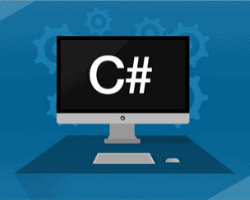Learn Software Tutorials Online

This tutorial teaches you the basics of building an ASP.NET Core MVC web application using Visual Studio
START LEARNING
This is a simple tutorial for beginners to professionals to learn all the features of the JavaScript
START LEARNING
This is a simple step by step tutorial for beginners to learn features of the MS SQL Server
START LEARNING
This Simple and step by step tutorial for beginners Covers covers the Typescript language
START LEARNING
This is a simple tutorial for beginners to professionals to learn all the features of the Entity Framework
START LEARNING
This is a step by step guide to learn Entity Framework Core Tutorial or EF Core Tutorial.
START LEARNING






